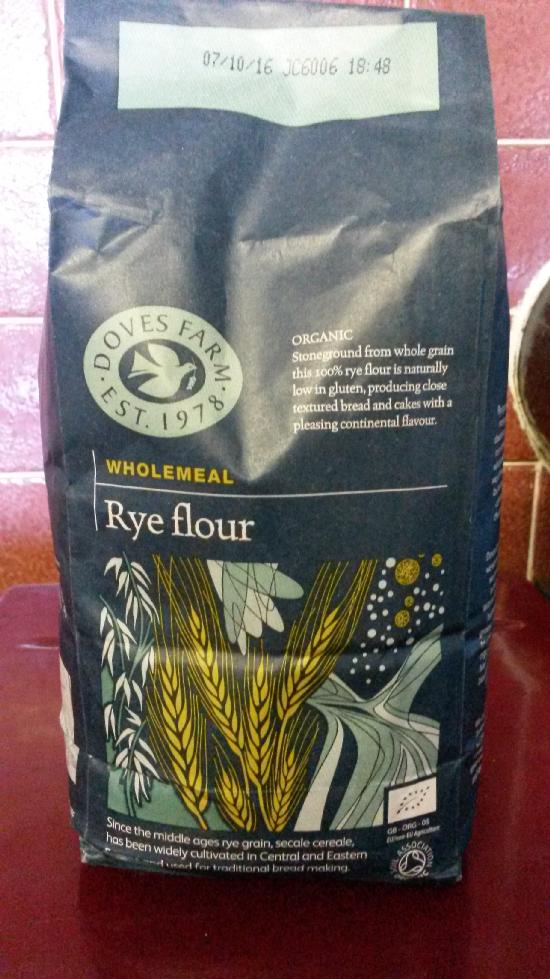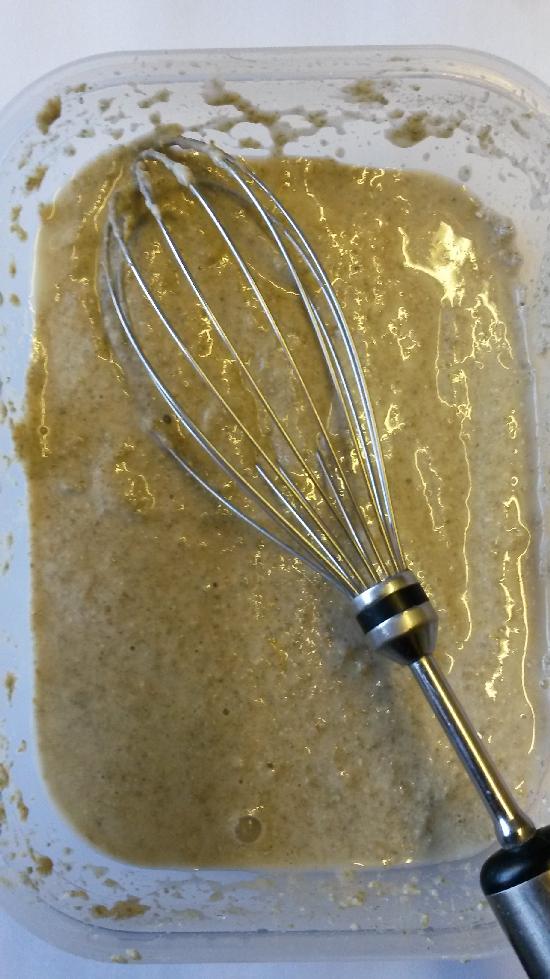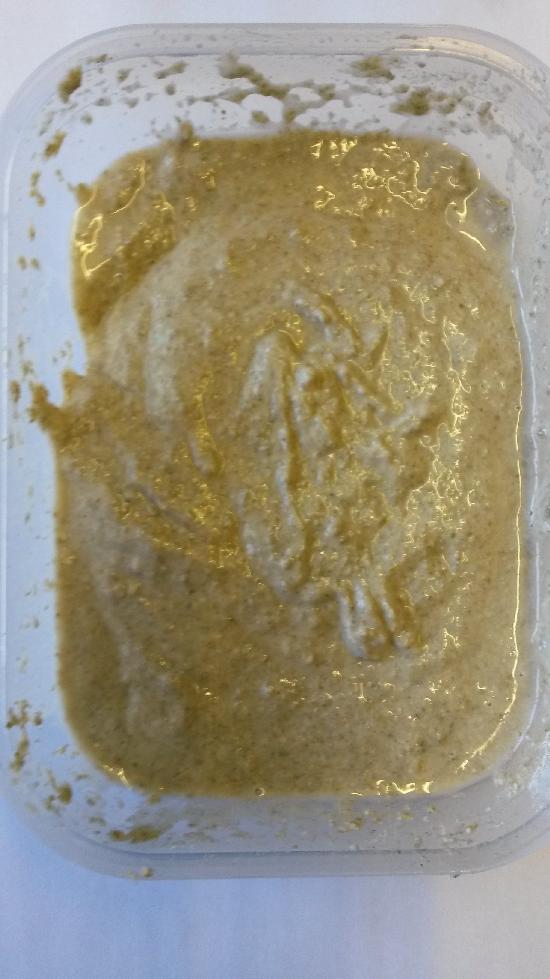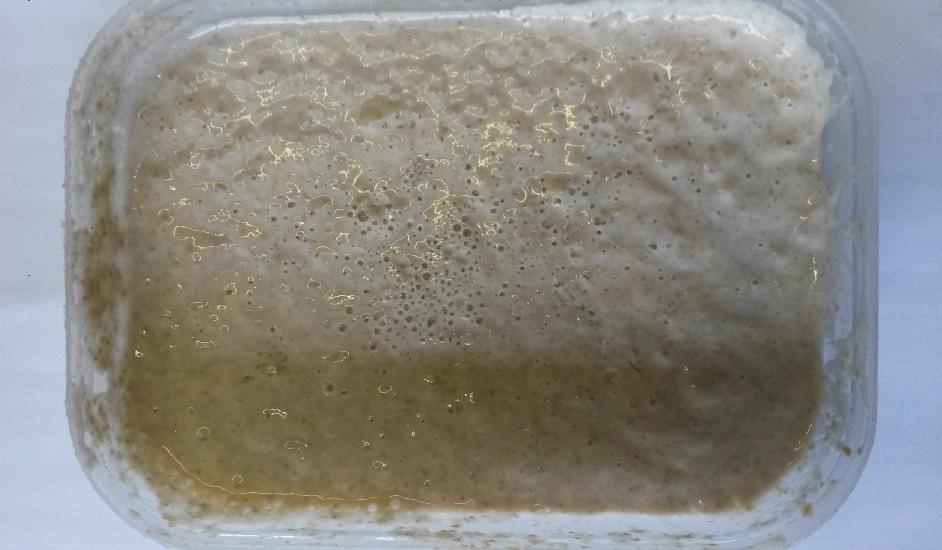Making the Starter
This stage could not be simpler. Roughly 250ml of water was added to 150g of flour. I choose to use Doves farm organic wholemeal rye and bottled water to give it a good chance. The unrefined nature of wholemeal rye is supposed to be a good bet for introducing natural yeast. Tap water contains chemicals (chlorine and other stuff) that might retard the yeasts progress so spring water was used.
The flour and water were mixed in a Tupperware container with a whisk. The container was then partially sealed and left in hope of something happening. Initially equal amounts of water and flour were to be used but this created a stiff paste which may retard early activity. Once fermenting equal amounts of flour and water will be added making it easy to bake with (a 1:1 starter ratio). Guidance for this stage was sort from here and [1].




Signs of life
After a few days small bubbles started to appear and it began smelling a little weird. After the 3rd day half of the mixture was removed and a combined weight of 300g white flour and water was added (in a 1:1 ratio). The same feeding routine was adopted for the next 5 days. The starter became very active over this period.

Going away storage
Going away for the weekend meant the daily feeding had to stop. To keep the starter alive it was fed and placed in the fridge. It sat there for a week, no problem. Afterwards it was brought back up to room temperature and fed just like normal.
Emergency backup
To preventing undoing all this effort the starter was is backed-up regularly. This is done by frezzing the mixture normally thrown away during feeding. It's not done every day but fairly often. Significantly older backups are thrown away to prevent hoarding.
Making bread
TO DO
References
